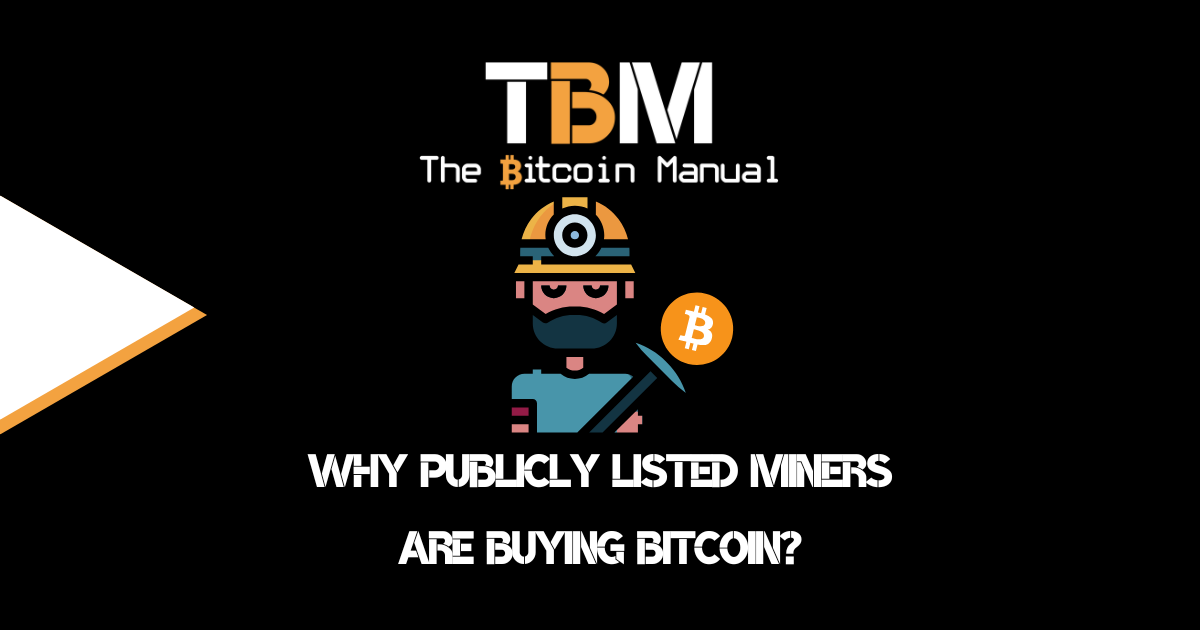The wave of corporate and institutional money flowing into Bitcoin in the last 2 years has had many retail investors with mixed feelings.
On the one hand, the HODL’rs feel their conviction is vindicated and what they’ve been saying for years is coming true. In addition, they are getting widely wealthy on paper as institutions continue to bid up the price of Bitcoin.
On the other hand, no-coiners or pre-coiner retail investors feel it may be “too late” to invest in Bitcoin now that the institutions are starting to gobble up more of the limited supply.
Corporate cash isn’t the end of the road
Bitcoin is still less than $1 Trillion in market cap; there are plenty of companies worth more than that; there are plenty of currency pairs trading more than that. There are plenty of countries GDP worth far more than that.
Bitcoin, to me, has an asymmetric upside potential of 10 to 20x if it keeps going like this; if it hits 20x, it will match the market cap of gold. A milestone. I think is very much within its capacity, so I don’t feel like this is the end of the road.
Corporations adding it to the balance sheet, funds investing in it is only part of the adoption phase. We still need to see local municipalities, provinces, and then countries take a position in Bitcoin, which is way down the adoption track.
This gives you plenty of time to front-run a whole lot of businesses, funds and public pools of money looking to get in on the action.
Fund rebalancing
Bitcoin to many of these companies and funds are a speculative play; they want a little exposure to it but don’t want to take on all the risk. Many of these funds and businesses taking on a 1 – 5% position that they would like to maintain, based on their treasury policy and risk appetite.
Funds are going to have to rebalance as the price moves up, and this provides opportunities for you, the retail investor. If the price of Bitcoin rises too fast, funds may break out of their 5% allocation, for example, and need to sell to maintain the ratio or deploy capital in other investments to maintain the ratio.
It’s far easier to sell off than to try and find new positions, so to me, it’s more likely that they will dump during these times. This helps put a break on Bitcoin price spikes and smoothes out the volatile.
On the flip side, if the price drops, they may be under their allocation and need to buy, providing a new floor for retail to get out should they need to or set buys to pick up the new floor before it moves back up.
The love-hate relationship with legacy finance
I get the hate, Bitcoin was retail built and supported for years, and now these guys want to get in and secure a piece of the asset when they already had everything for themselves. I get the narrative, I get the anger, but if Bitcoin is to realise its full potential, this has to happen.
It has to transition from the nerds and tribalistic believers to the hedge funds to the banks to the country, to the average guy.
Yes, they will try to control Bitcoin, they will try to poison it, but if it’s as robust as we think it can be and have seen over the years, we should not have fear.
I don’t see institutional money as a threat; I see it as them understanding if they want to remain in existence, they need to come over, and if they do, we need to be ready to enforce the hard cap and distribution and ensure they always play by our rules.
Full nodes will become more important as time goes by, and more Bitcoiners should be running full nodes as the network becomes more valuable. The money will try to sway things, which is why the decentralisation of nodes is a must.




